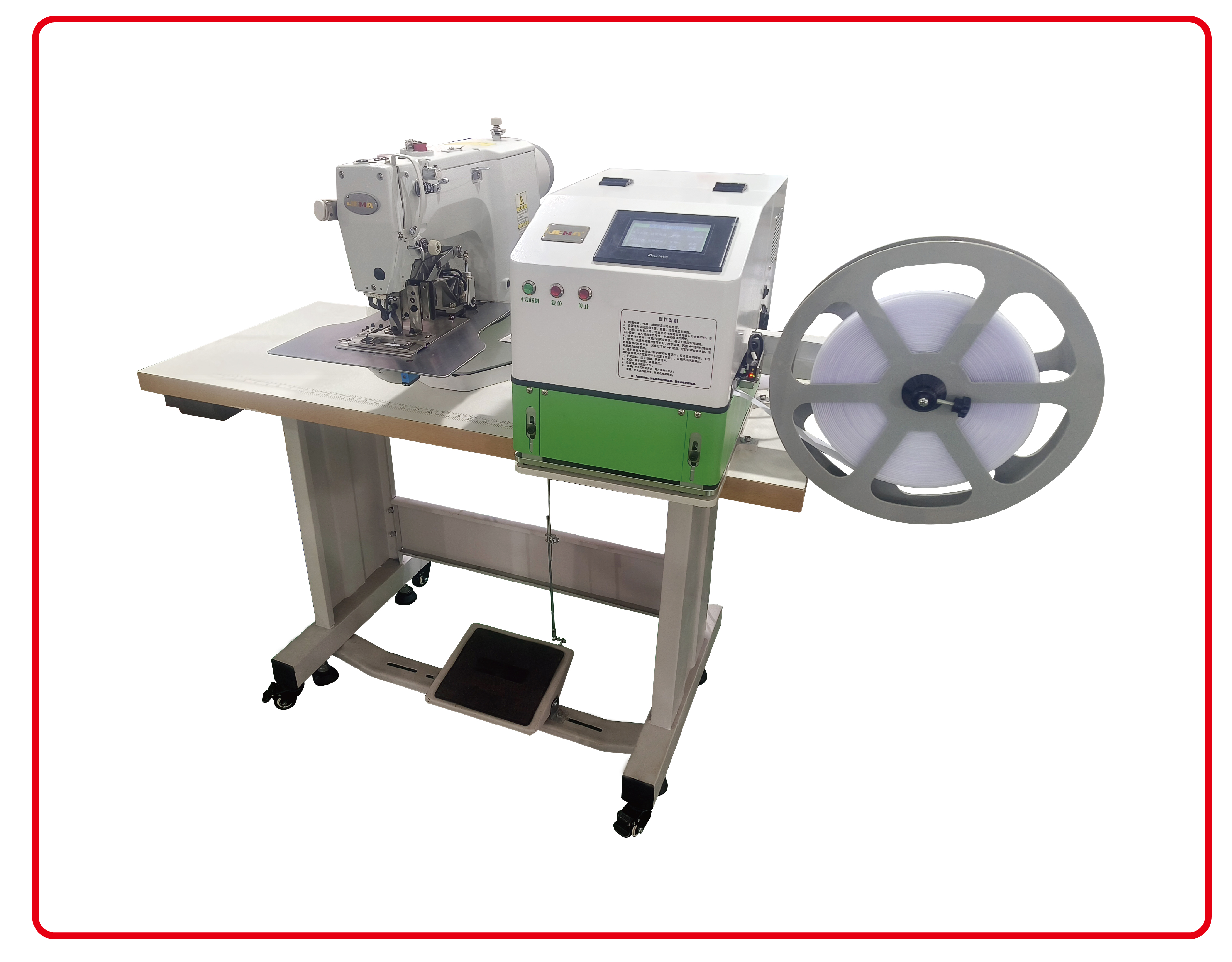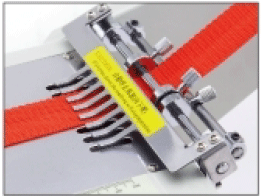Elastic Cutting Machines are widely used for cutting soft, flexible, and highly elastic materials, including rubber, foam, and sponges.
One of the key factors affecting cut quality and material efficiency is the choice of blade type and cutting method.
Different tools and techniques influence edge precision, material deformation, and overall waste during production.
Proper selection of blades and cutting methods ensures suitable performance, reduced material loss, and enhanced efficiency.

Blade Types and Their Applications
The choice of blade has a significant effect on cutting performance:
- Rotary blades provide continuous cuts and are suitable for long, uniform sheets, but may stretch soft materials if not tensioned correctly.
- Oscillating or reciprocating blades reduce material drag and are effective for delicate or unevenly textured surfaces.
- Heated blades can be used for sticky or high-density materials, reducing tearing and ensuring smooth edges.
- Blade material, sharpness, and thickness also determine how well the machine interacts with high-elasticity substrates.
Impact on Cutting Accuracy
Blade and cutting method influence precision:
- Oscillating blades create more controlled movements, reducing deviations in cut lines for flexible materials.
- Rotary blades may require stabilization devices to maintain straight cuts and prevent wobble.
- Laser-assisted or vibration blades can enhance accuracy on materials that tend to stretch or compress during cutting.
- Choosing the correct blade decreases the risk of jagged edges and ensures consistent product quality.
Material Deformation and Waste Considerations
High-elasticity materials are prone to deformation during cutting, which can result in material loss:
- Improper blade selection or high cutting speed can cause stretching, tearing, or compression.
- Multi-pass cutting with appropriate blade selection can reduce deformation and optimize yield.
- Stabilization techniques, such as clamping or vacuum tables, combined with suitable blades, decrease waste.
- Efficient cutting methods ensure higher material utilization and lower production costs.
Cutting Speed and Pressure Adjustments
Cutting method impacts suitable speed and pressure:
- Soft, low-density materials allow higher speeds with light pressure to prevent compression.
- Thick or dense elastic materials require slower speeds and moderate pressure to avoid damage and uneven cuts.
- Adjustable speed and pressure settings improve machine adaptability for different blade types and material conditions.
- Monitoring speed and pressure alongside blade selection ensures material loss while maintaining productivity.
Thermal and Wear Implications
Blade choice and cutting technique affect machine wear and heat generation:
- Heated blades reduce tearing but increase wear on the motor and blade if used continuously.
- Rotary blades may generate friction, causing heat buildup and material softening.
- Oscillating blades reduce friction but may require more frequent maintenance to keep precision.
- Understanding these effects helps operators select blades and cutting methods that balance performance with durability.
Industrial Applications and Practical Considerations
Different blade types and cutting methods are used across industries:
- Automotive: rubber seals and insulation require clean cuts with minimal stretching.
- Packaging: foam inserts benefit from oscillating or reciprocating blades to reduce compression marks.
- Textiles and footwear: sponges and cushioning materials need precise cuts for consistency in finished products.
- Machine settings and blade choice must align with the material type and intended application for efficiency.
Conclusion
Blade type and cutting method in Elastic Cutting Machines directly affect cut quality, material deformation, and production efficiency.
Proper selection, combined with speed and pressure adjustments, reduces material loss and ensures precise, consistent results.
Thermal management and maintenance considerations are critical for prolonged performance and machine longevity.
With informed blade and method choices, Elastic Cutting Machines can deliver high-quality cuts across diverse high-elasticity materials and industrial applications.

 英语
英语 中文简体
中文简体 西班牙语
西班牙语 越南语
越南语 葡萄牙语
葡萄牙语 土耳其语
土耳其语


.png?imageView2/2/w/500/h/500/format/jp2/q/100)




